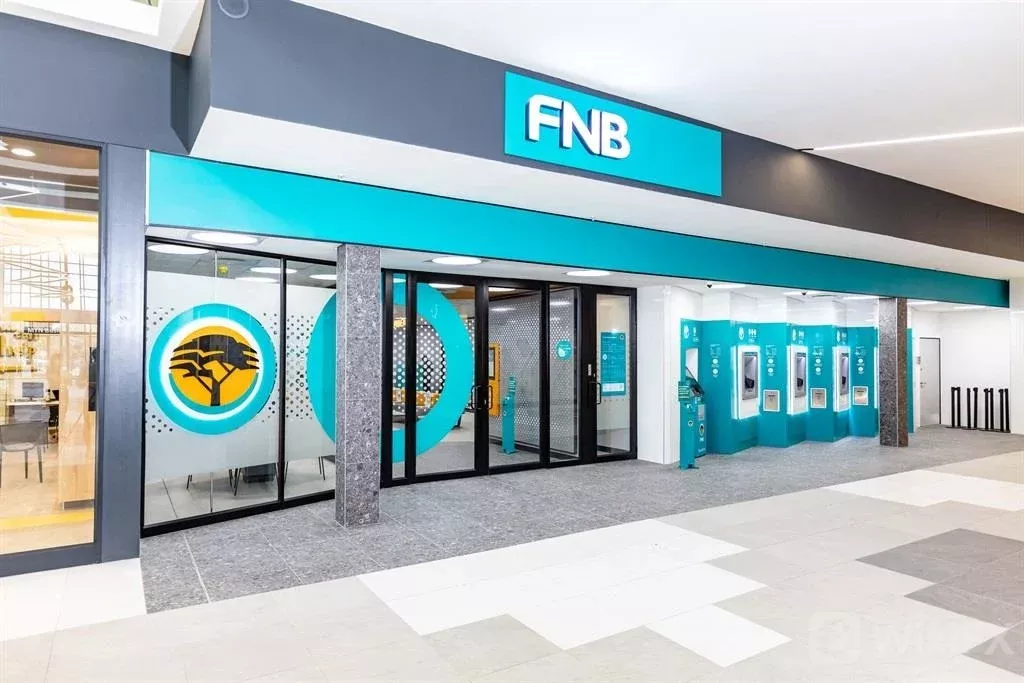
FNB has launched a stokvel-type of home-loan product, “an industry first” in SA's property lending market.
The bank's new collective home loan is an attempt to help solve the challenge of the chronic shortage of affordable housing in SA.
Many
factors contribute to the problem, including that new housing stock is
too expensive for many people, as well as the perceived risk of lending
to middle low-income consumers.
FNB's product seeks to solve the
financing challenge. The bank will allow as many as 12 people to come
together to apply for a bond. Buyers can team up with eight people,
including spouses, when applying through digital channels – or 12 if
they apply in a branch through a sales consultant.
The
group can collectively decide how much each person will contribute
towards the monthly instalment, and FNB said it can easily split the
monthly debit order to suit the group's needs.
Even though the
product primarily wants to solve the challenge of financing affordable
housing, FNB said it has designed it to serve more affluent customers
too.
Why collective buying?
We know that
this is something that is already happening. We know of stokvels,
people buying properties together to enable access into homes. So, the
collective buying value proposition was born from that, said FNB Home
Finance Growth Head Mfundo Mabaso.
He said because associating in
groups is something South Africans love and do a lot of through
stokvels, as well as burial and investment societies, it seemed like a
sensible solution to bring to the mortgage space to enable affordability
and homeownership.
Mabaso said FNB spent some time testing
whether this would work. Its observation of long-term trends confirmed
that people who jointly apply for bonds have higher chances of getting
approvals.
-
READ | Will Capitec's venture into home loans inject life to SA's lacklustre mortgage market?
Mabaso
said another observation was that buyers in the low end of the market
are generally looking for family homes. Many are collectively buying it
as siblings or are co-applicants with their parents.
Vanashree
Naidoo, CFO at FNB Savings and Investments, said this product also aims
to give low-income earners comfort that should something go wrong, like
retrenchment, they will have some financial cushioning and possibly
avoid losing the roof over their heads.
Risks and responsibilities
Importantly,
once signed, a collective home loan will be a credit agreement like any
other. So, applicants will need to go into it with people they really
trust and those with strong credit profiles.
All
the buyers will be jointly and “severally” (meaning each person will be
responsible for their portion) liable for the debt. The downside of
that is that if one person defaults on their monthly instalment – in the
case of those who chose to split the debit order across all or multiple
participants – the account will go into arrears if the other members
cannot settle the shortfall.
This will negatively impact the
credit bureau profile of all participants in that arrangement, as
everyone is jointly and severally liable for the loan as the bond and
the property will be registered in each of the names, said Naidoo.
Leave a Reply